
The Continuity Irish Republican Army, styling itself as the Irish Republican Army, is an Irish republican paramilitary group that aims to bring about a united Ireland. It claims to be a direct continuation of the original Irish Republican Army and the national army of the Irish Republic that was proclaimed in 1916. It emerged from a split in the Provisional IRA in 1986 but did not become active until the Provisional IRA ceasefire of 1994. It is an illegal organisation in the Republic of Ireland and is designated a terrorist organisation in the United Kingdom, New Zealand and the United States. It has links with the political party Republican Sinn Féin (RSF).

The Irish Civil War was a conflict that followed the Irish War of Independence and accompanied the establishment of the Irish Free State, an entity independent from the United Kingdom but within the British Empire.
The Real Irish Republican Army, or Real IRA (RIRA), was a dissident Irish republican paramilitary group that aimed to bring about a United Ireland. It formed in 1997 following a split in the Provisional IRA by dissident members, who rejected the IRA's ceasefire that year. Like the Provisional IRA before it, the Real IRA saw itself as the only rightful successor to the original Irish Republican Army and styled itself as simply "the Irish Republican Army" in English or Óglaigh na hÉireann in Irish. It was an illegal organisation in the Republic of Ireland and designated as a proscribed terrorist organisation in the United Kingdom and the United States.
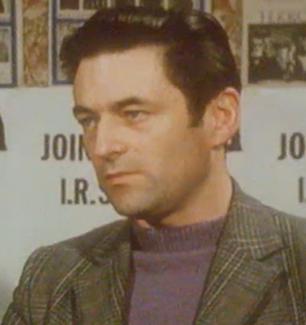
Seamus Costello was an Irish politician. He was a leader of Official Sinn Féin and the Official Irish Republican Army and latterly of the Irish Republican Socialist Party (IRSP) and the Irish National Liberation Army (INLA).

Cathal Brugha was an Irish republican politician who served as Minister for Defence from 1919 to 1922, Ceann Comhairle of Dáil Éireann in January 1919, the first president of Dáil Éireann from January 1919 to April 1919 and Chief of Staff of the Irish Republican Army from 1917 to 1919. He served as a Teachta Dála (TD) from 1918 to 1922.
The Workers' Party is a Marxist–Leninist political party active in both the Republic of Ireland and Northern Ireland.
Events from the year 1922 in Ireland.
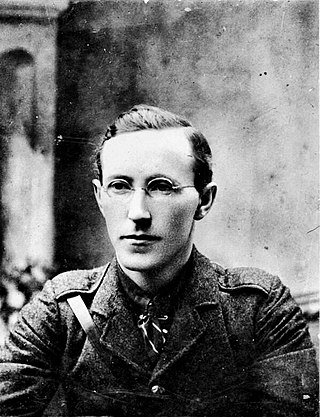
William Fanaghan Lynch was an officer in the Irish Republican Army during the Irish War of Independence of 1919–1921. During much of the Irish Civil War, he was chief of staff of the Irish Republican Army. On 10 April 1923, Lynch was killed whilst trying to escape an encirclement by Free State troops in south Tipperary.
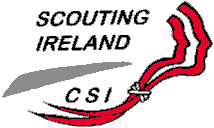
The Catholic Boy Scouts of Ireland (CBSI; Irish: Gasóga Caitliceacha na hÉireann) was an Irish Catholic Scouting organisation active from 1927 until 2004, when it formed Scouting Ireland by merging with the former Scout Association of Ireland (SAI), a non-denominational Scout organisation. The CBSI changed its name to "Catholic Scouts of Ireland" (CSI) when it admitted girls and to "Scouting Ireland (CSI)" in the run-up to the foundation of Scouting Ireland. It was active in both the Republic of Ireland and Northern Ireland.

The Irish Republican Army (IRA) is a name used by various paramilitary organisations in Ireland throughout the 20th and 21st centuries. Organisations by this name have been dedicated to anti-imperialism through Irish republicanism, the belief that all of Ireland should be an independent republic free from British rule.
The republican movement refers to the Irish Republican Army (IRA) and other political, social and paramilitary organisations and movements associated with it. It can refer to:
Kilteely and Dromkeen is an ecclesiastical parish in the Roman Catholic Archdiocese of Cashel and Emly that is located in eastern County Limerick, Ireland. The southern part of the parish is centred on the village of Kilteely which is located at the foot of the Hill of Kilteely, about 14 miles south-east of the city of Limerick. It is also a civil parish in the ancient barony of Smallcounty. The northern part of the parish is centred on the village of Dromkeen which is located on the N24 Limerick- Waterford Road, halfway between Limerick City and Tipperary town. It is also a civil parish in the barony of Clanwilliam.

Ballylooby is a village in County Tipperary in Ireland. It is in the barony of Iffa and Offa West, and is also a parish in the Roman Catholic Diocese of Waterford and Lismore.
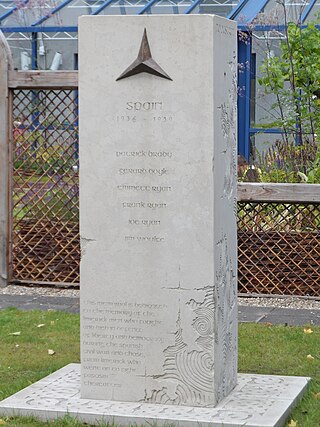
Irish Socialist volunteers in the Spanish Civil War describes a grouping of IRA members and Irish Socialists who fought in support the cause of the Second Republic during the Spanish Civil War. These volunteers were taken from both Irish Republican and Unionist political backgrounds but were bonded through a Socialist and anti-clerical political philosophy. Many of the Irish Socialist volunteers who went to Spain later became known as the Connolly Column.
The Burgery Ambush was an ambush carried out by the Irish Republican Army (IRA) on 18–19 March 1921, during the Irish War of Independence. It took place near Dungarvan, County Waterford.
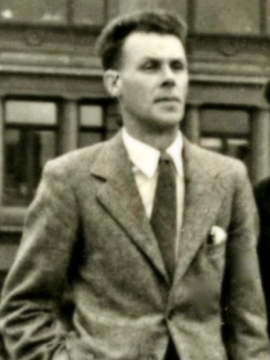
George Lennon was an Irish Republican Army leader during the Irish War of Independence and the Irish Civil War.
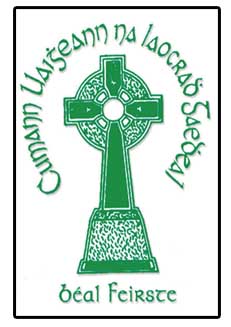
The National Graves Association, Belfast is a private Irish republican organisation which undertakes to care for and maintain the graves of some Irish Republican Army volunteers who are buried in Belfast cemeteries. It is a separate organisation from the National Graves Association based in Dame Street, Dublin.

The National Army, sometimes unofficially referred to as the Free State army or the Regulars, was the army of the Irish Free State from January 1922 until October 1924. Its role in this period was defined by its service in the Irish Civil War, in defence of the institutions established by the Anglo-Irish Treaty. Michael Collins was the army's first commander-in-chief until his death in August 1922.

George Oliver Plunkett, known to his contemporaries as Seoirse Plunkett, was a militant Irish republican. He was sentenced to death with his elder brother Joseph Plunkett and his younger brother John after the 1916 Easter Rising, but while Joseph was executed, George's and John's sentences were commuted. He was released in 1917, fought in the Irish War of Independence and Irish Civil War, and was briefly IRA Chief of Staff during World War II.
Waterford County Museum is a museum documenting the history of County Waterford. The museum is located in the Old Town Hall, Dungarvan.













